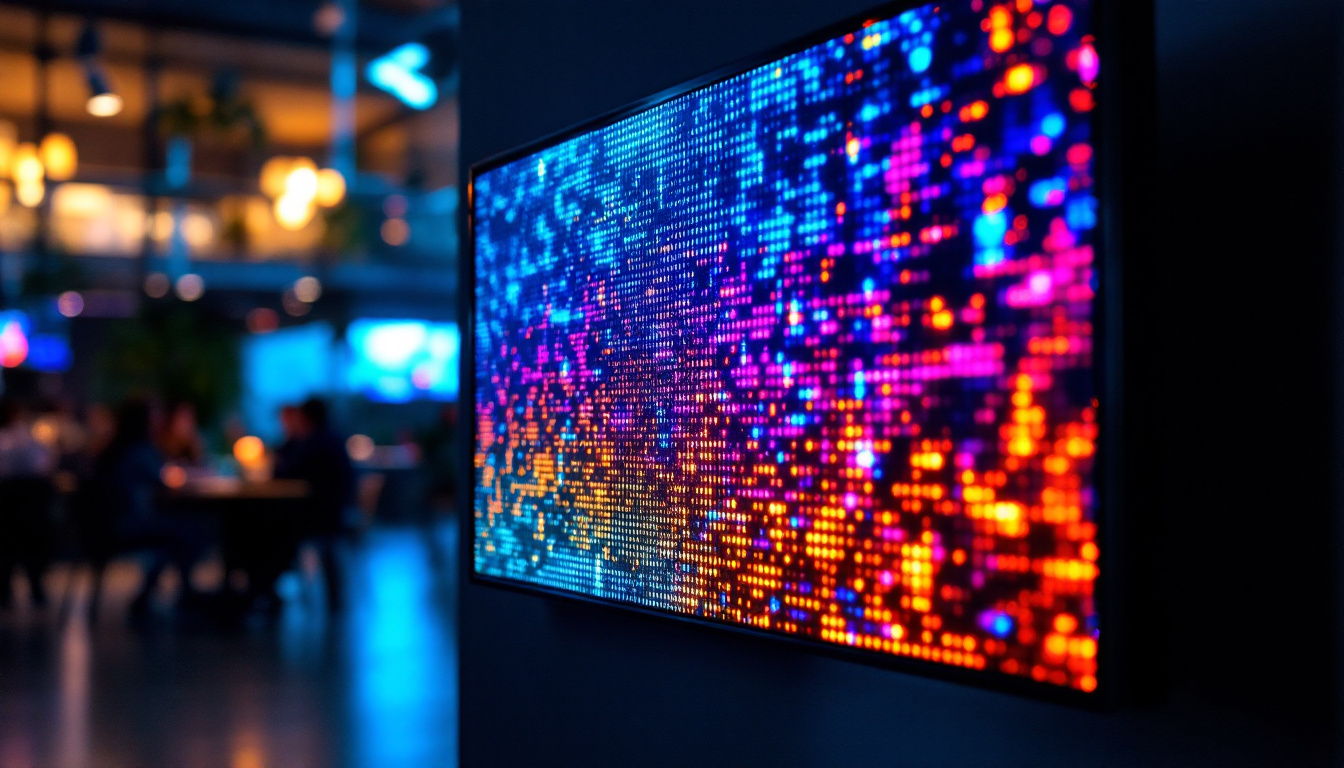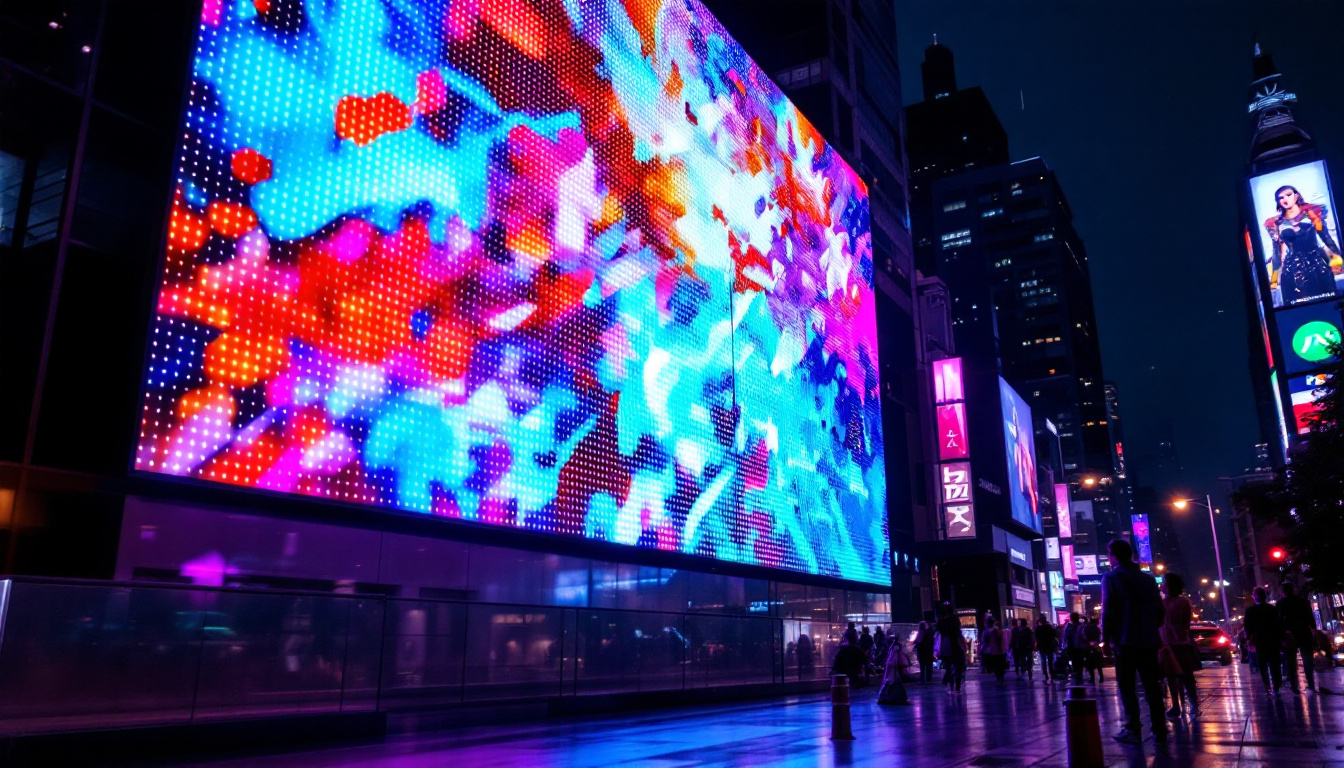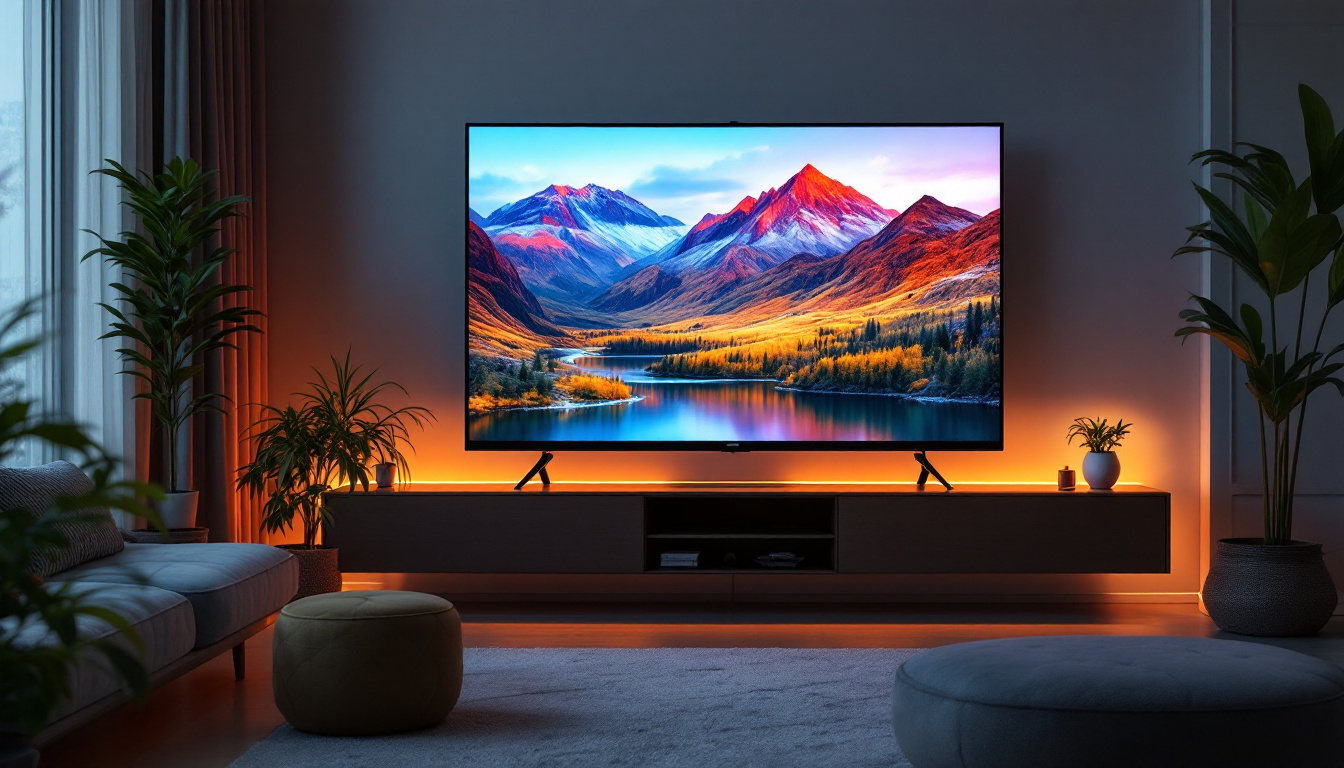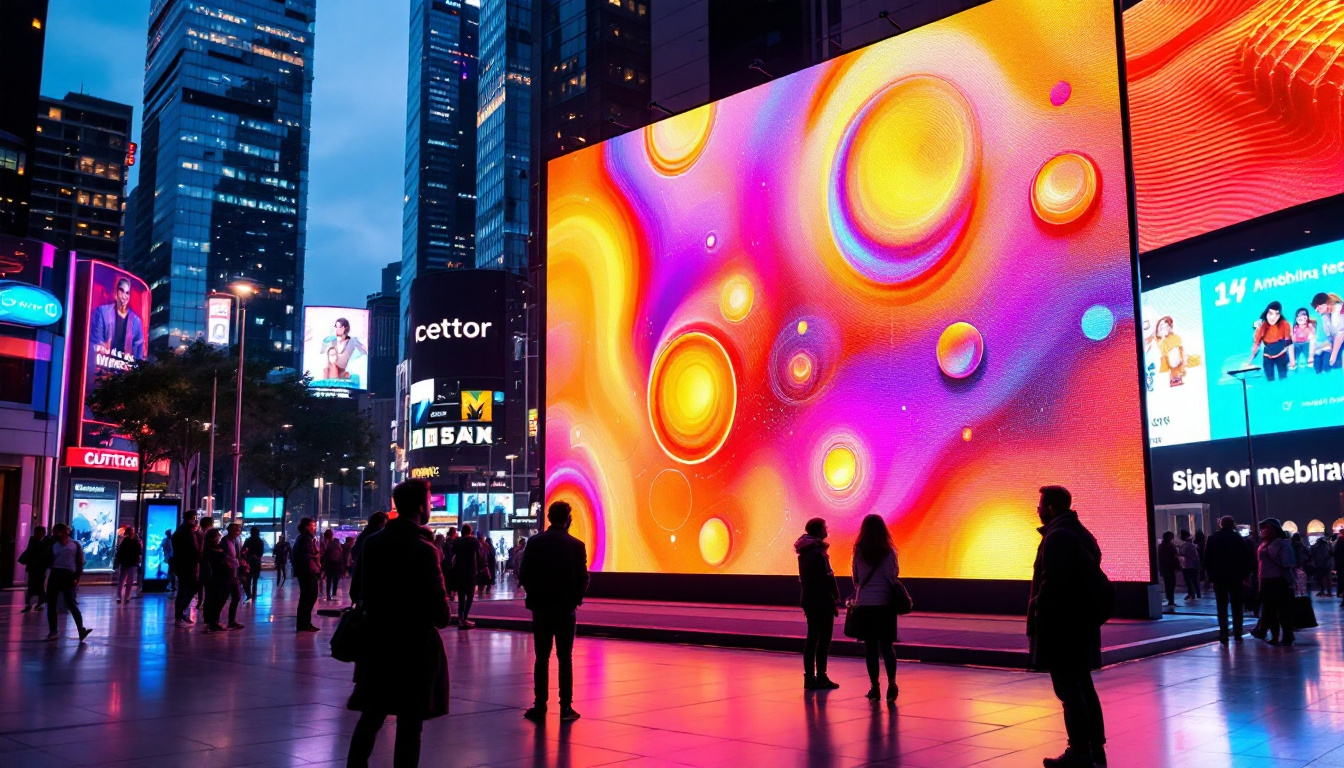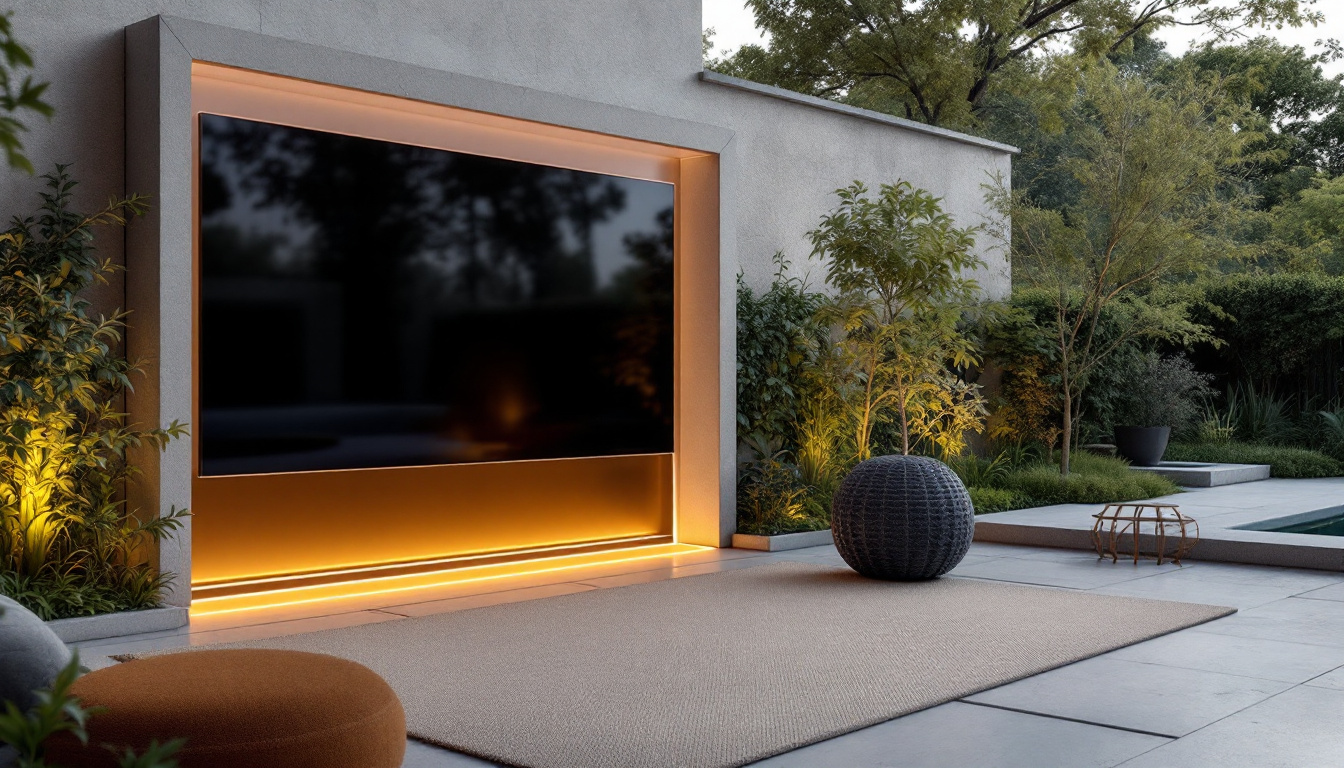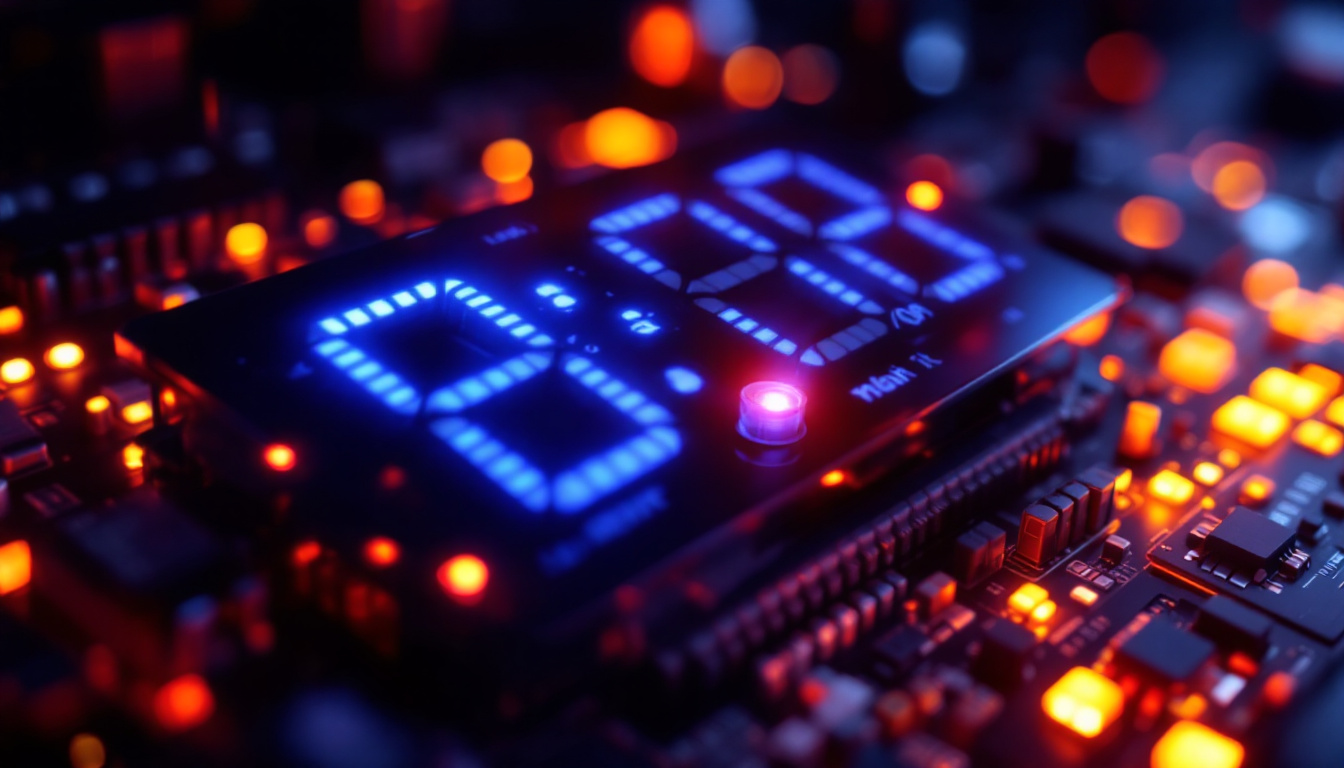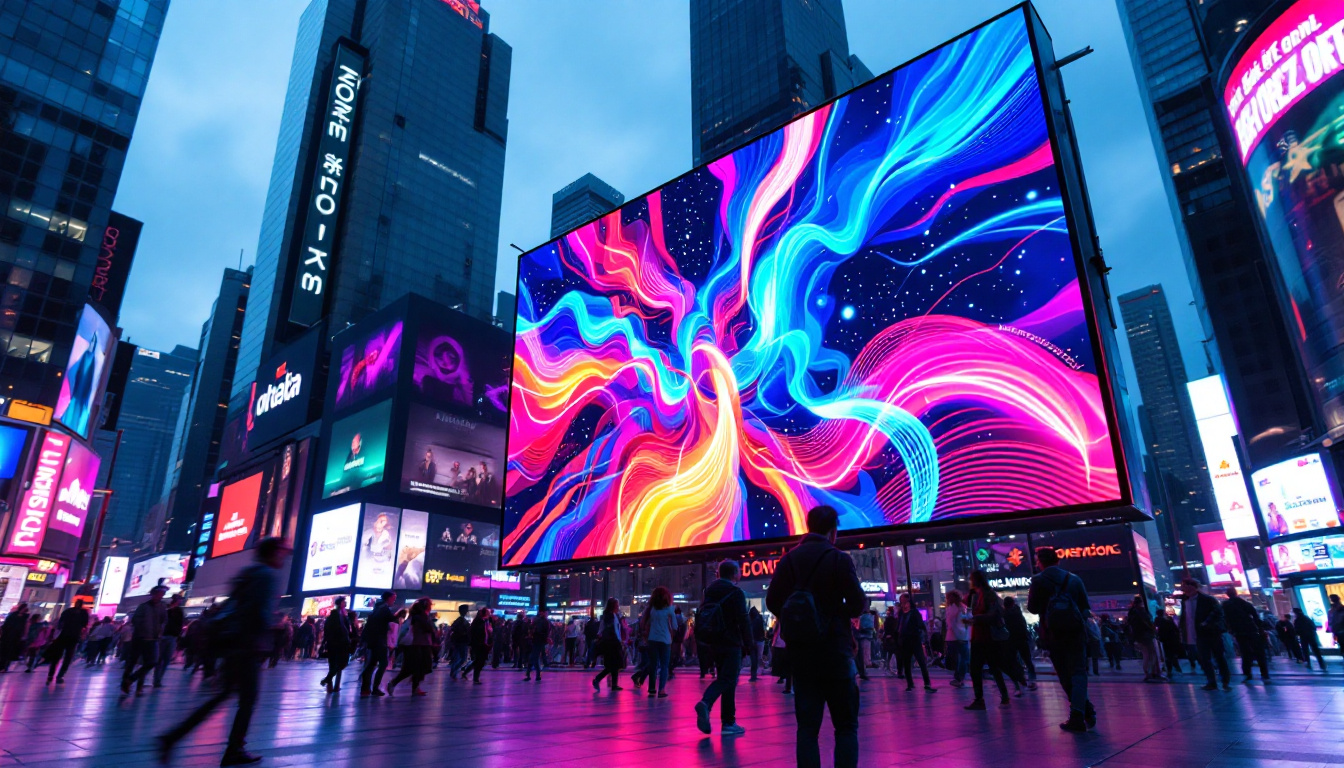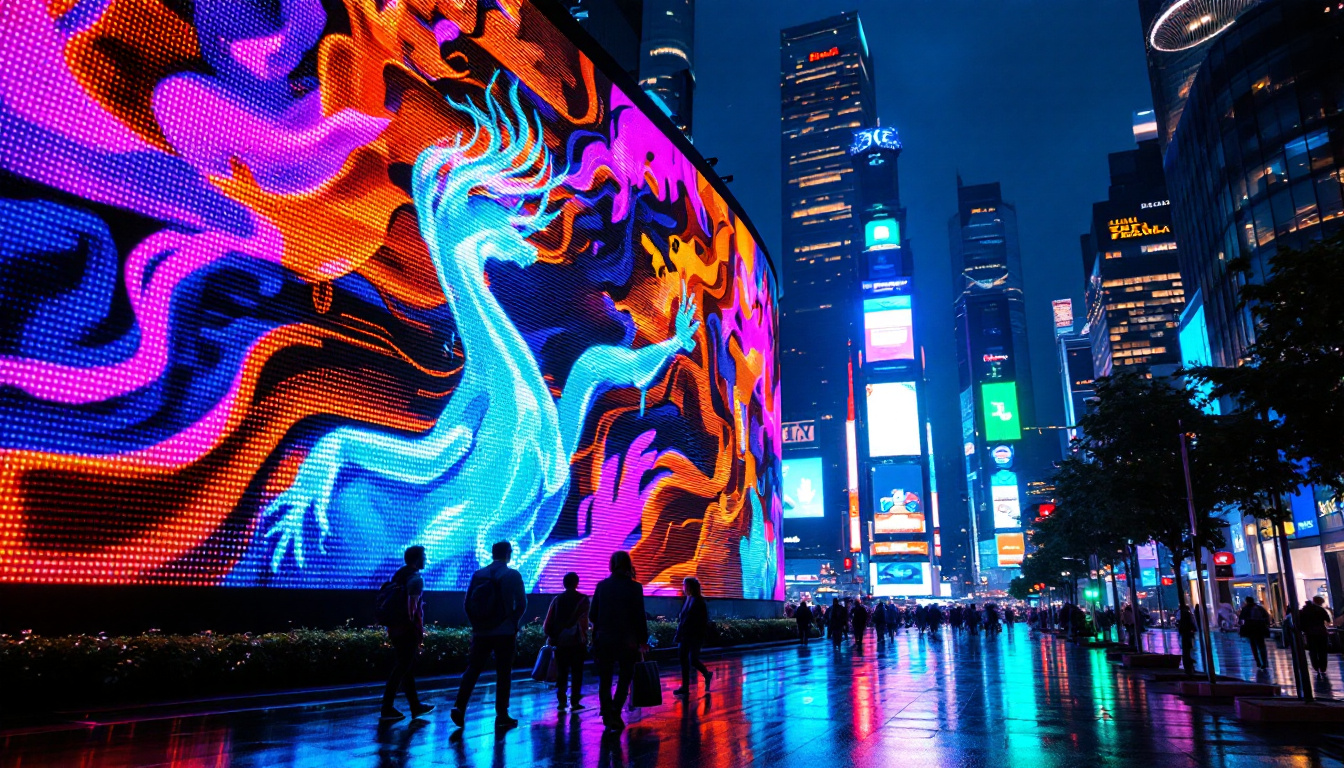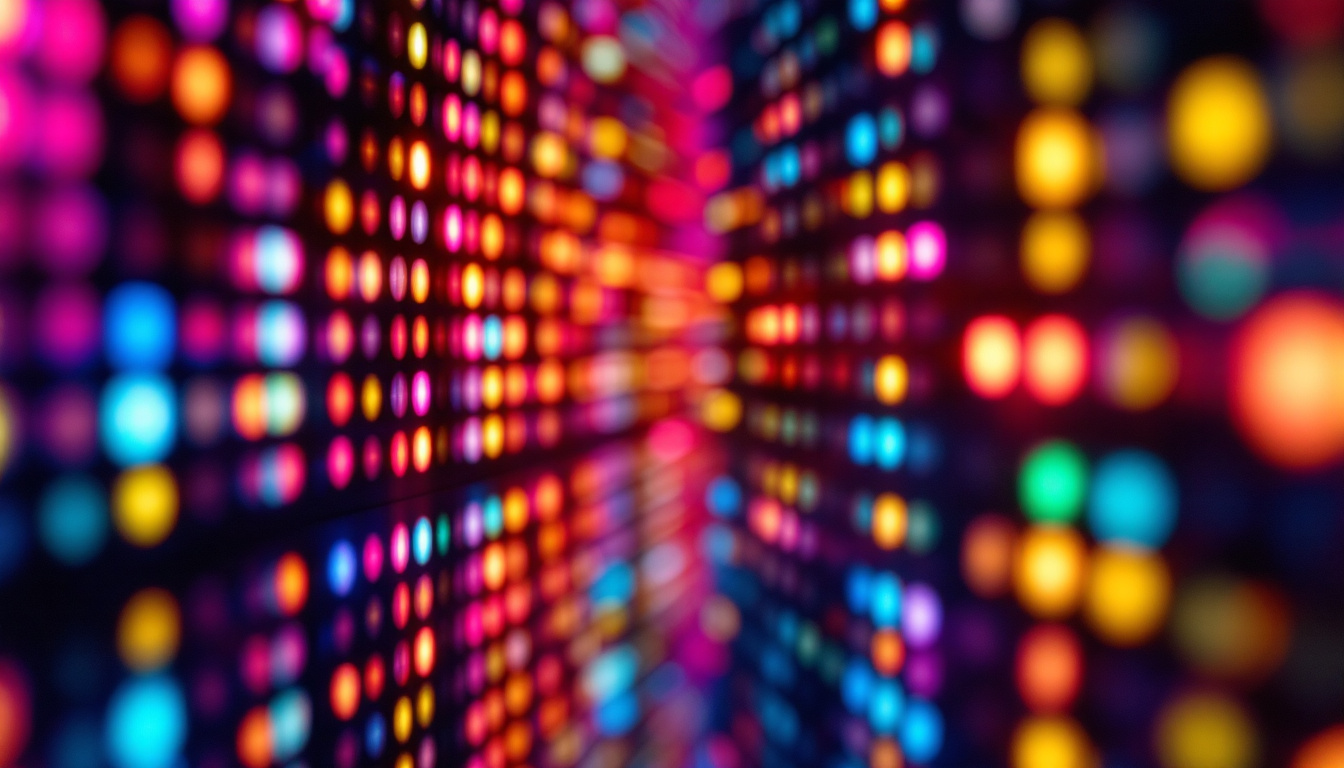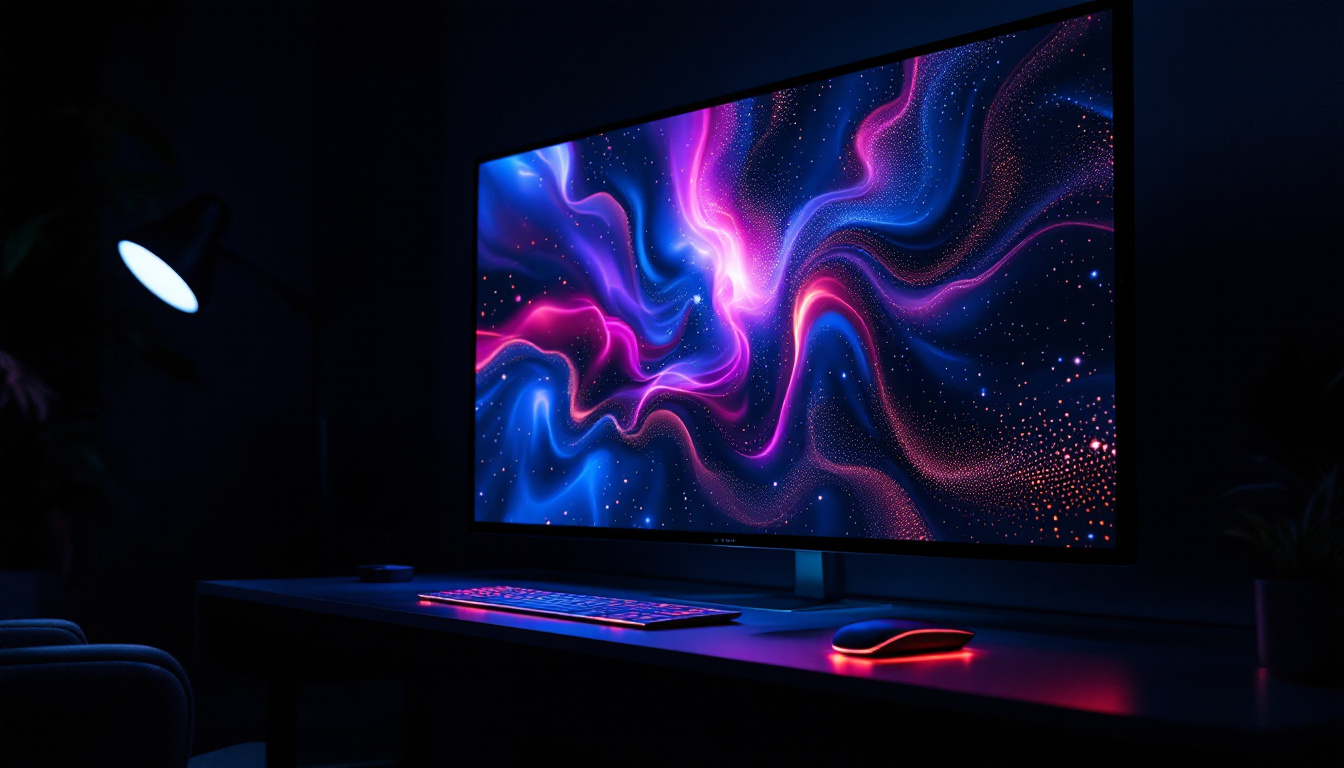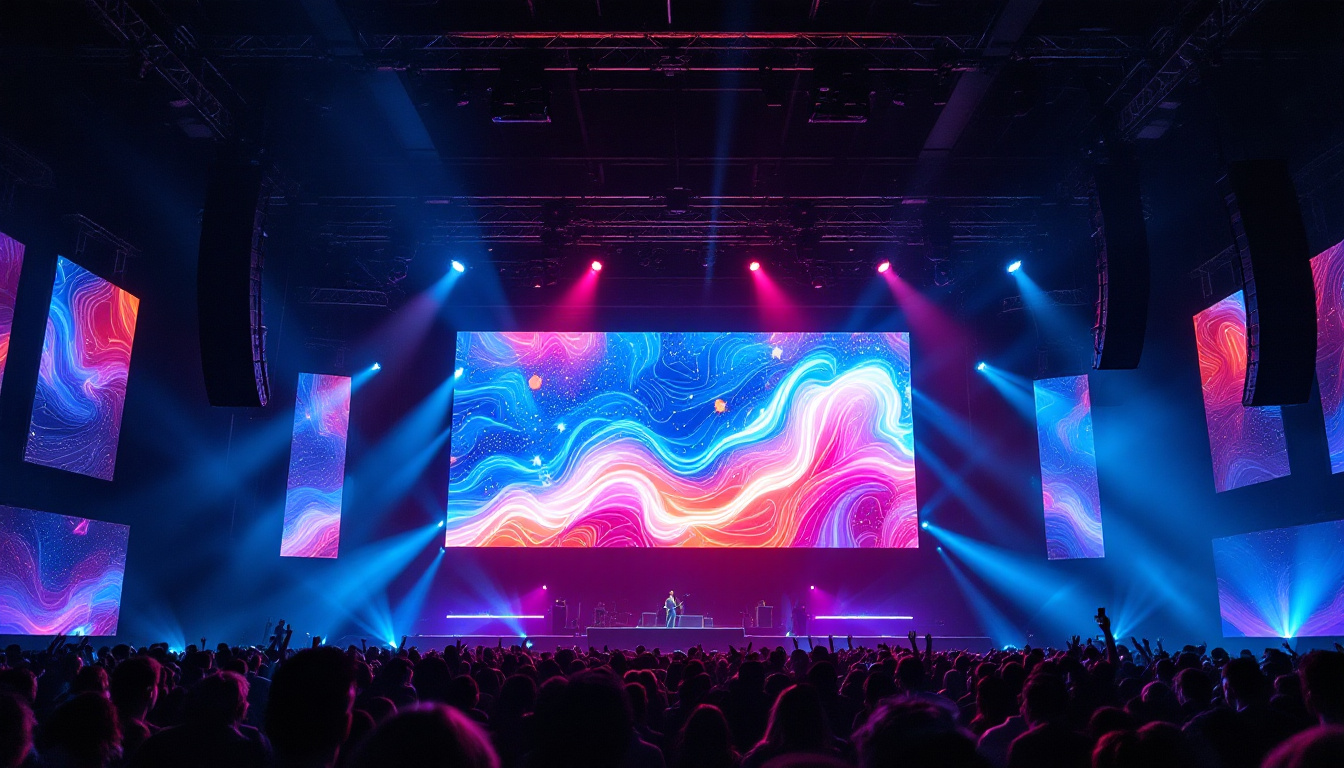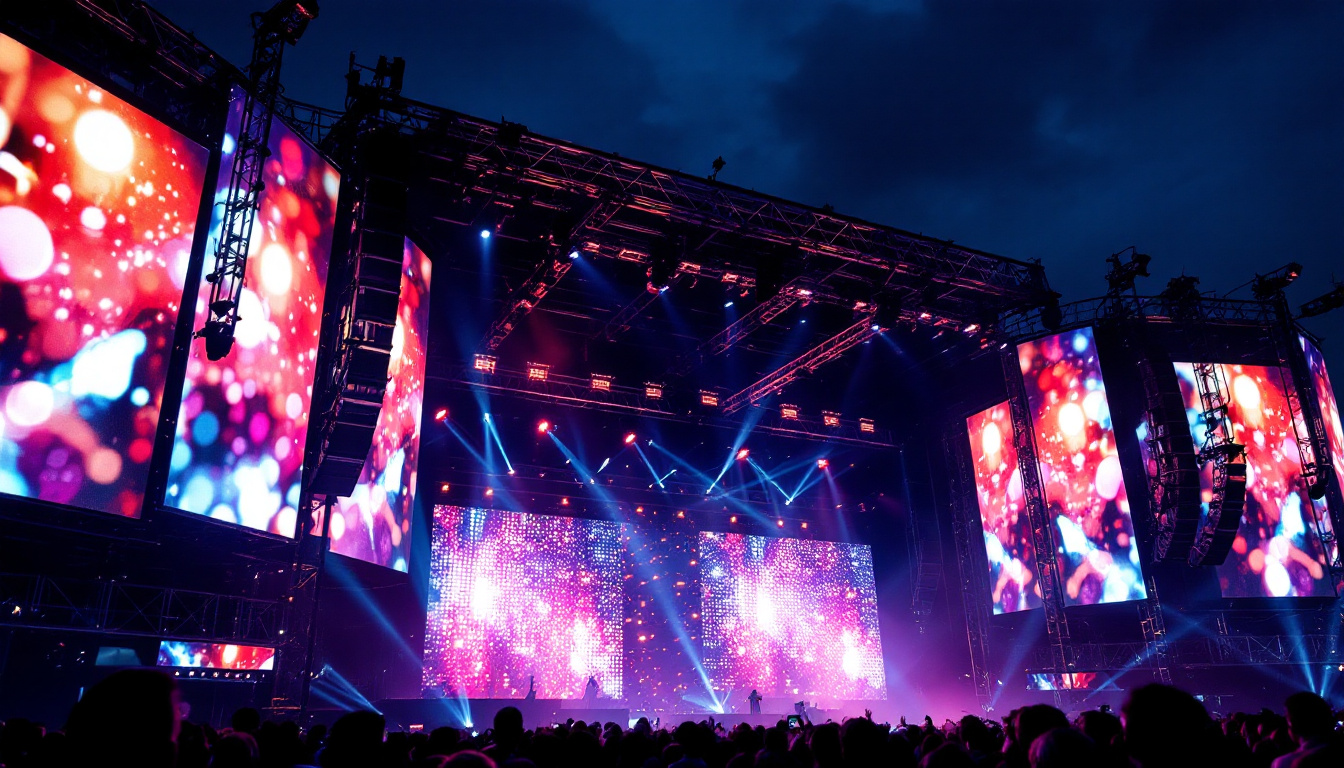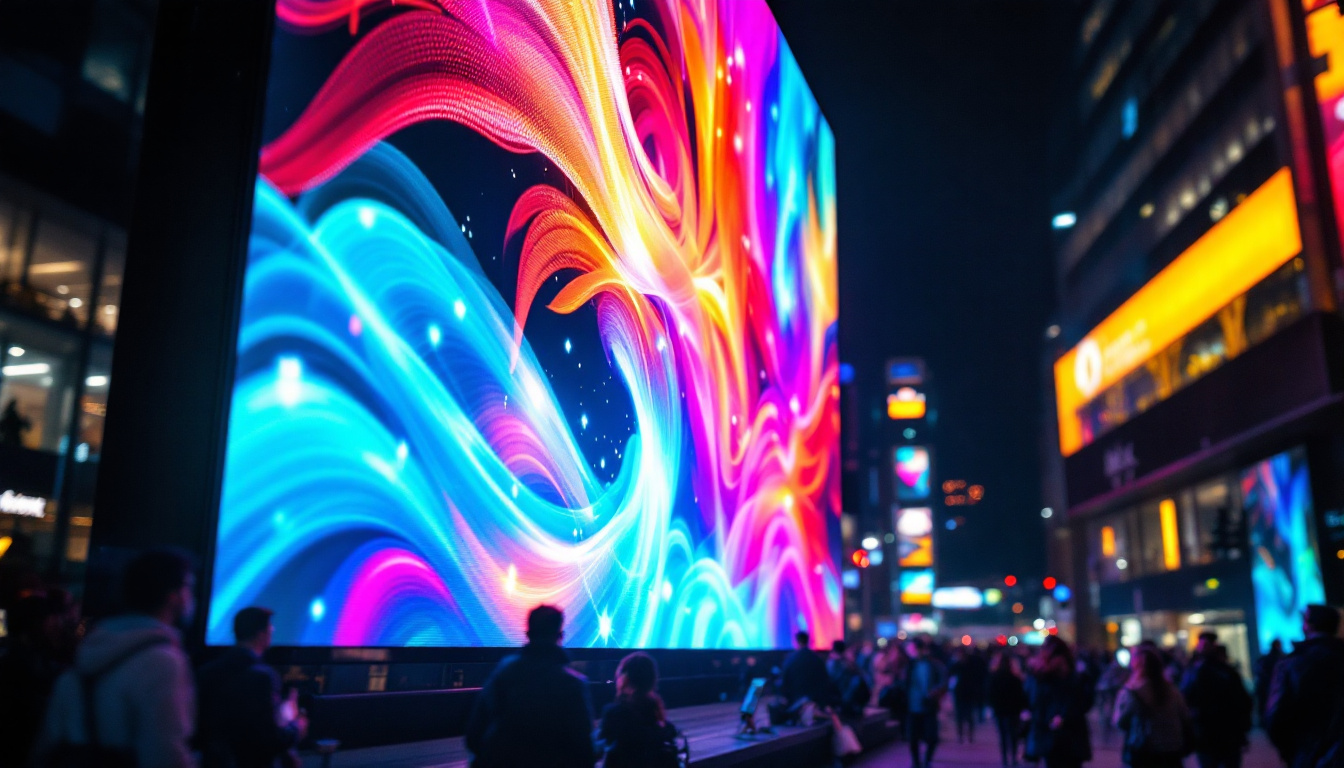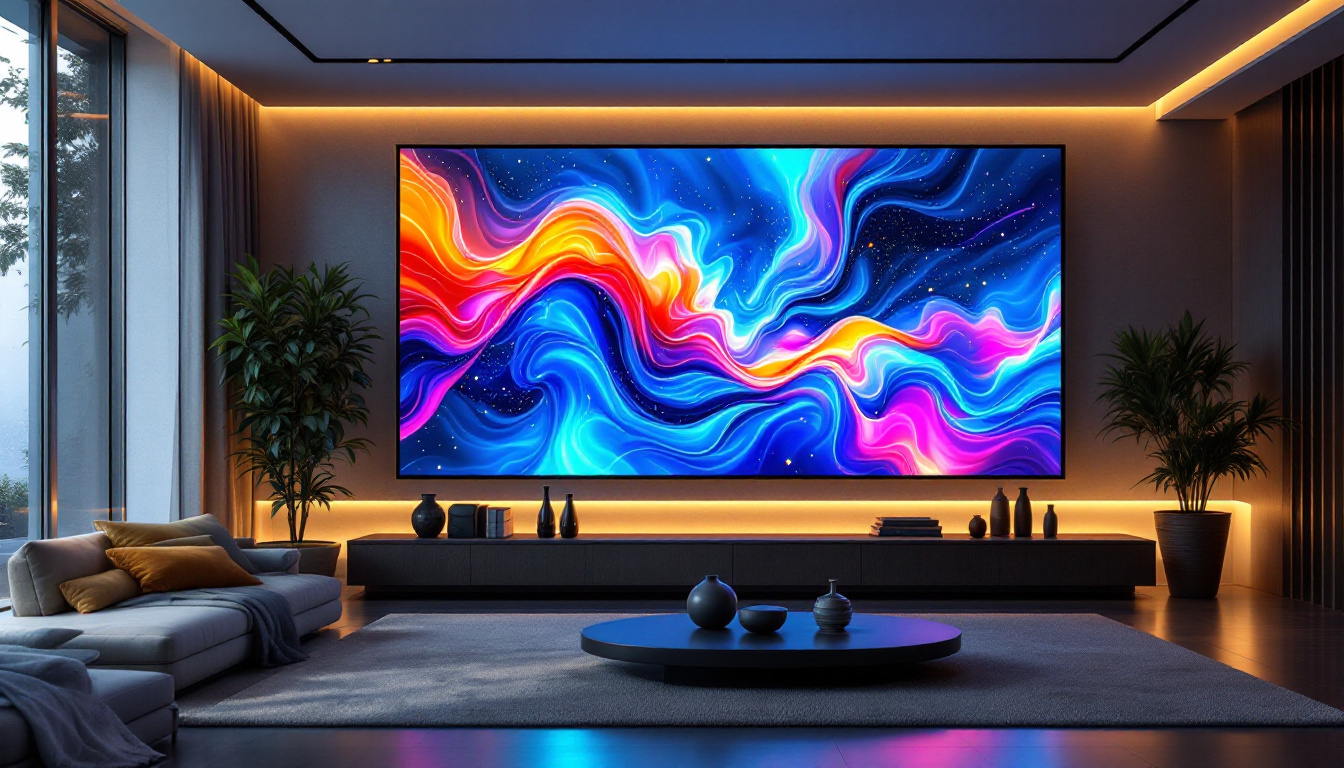In today’s digital age, screen display monitors have become an integral part of both personal and professional environments. Among the various types of displays available, LED (Light Emitting Diode) displays stand out due to their vibrant colors, energy efficiency, and versatility. This article delves into the intricacies of LED displays, exploring their technology, advantages, and applications.
Understanding LED Display Technology
LED displays utilize semiconductor technology to produce light. Unlike traditional LCD monitors that require a backlight, LED displays generate light directly from the diodes, resulting in enhanced brightness and contrast. This section will explore how LED technology works and its different types.
How LED Displays Work
At the core of an LED display are tiny diodes that emit light when an electric current passes through them. These diodes can be arranged in various configurations, allowing for different display types. The most common arrangement is the RGB (Red, Green, Blue) model, where each pixel comprises red, green, and blue diodes. By adjusting the intensity of each color, a wide spectrum of colors can be produced, creating vibrant images and videos.
LED displays can be categorized into two main types: direct-lit and edge-lit. Direct-lit LED displays have diodes positioned directly behind the screen, providing uniform brightness across the entire display. Edge-lit displays, on the other hand, have diodes placed along the edges, using light guides to illuminate the screen. Each type has its advantages and drawbacks, influencing the overall performance and design of the monitor. For instance, while direct-lit displays often offer better color consistency, edge-lit displays tend to be thinner and more lightweight, making them suitable for sleek designs.
Types of LED Displays
There are several types of LED displays, each designed for specific applications. The most common types include:
- Standard LED Displays: These are used in everyday monitors and televisions, providing excellent color reproduction and brightness.
- OLED Displays: Organic Light Emitting Diodes (OLED) are a subset of LED technology that offers deeper blacks and higher contrast ratios, making them ideal for high-end televisions and smartphones.
- Mini LED Displays: This newer technology uses thousands of tiny LEDs for backlighting, allowing for improved local dimming and enhanced picture quality.
In addition to these common types, there are also specialized LED displays such as MicroLED and Transparent LED displays. MicroLED technology utilizes microscopic LEDs to create individual pixels, resulting in exceptional brightness and energy efficiency, as well as the potential for flexible and curved screens. Transparent LED displays, on the other hand, allow viewers to see through the screen while still displaying images, making them perfect for innovative advertising solutions and futuristic architectural designs. These advancements in LED technology continue to push the boundaries of what is possible in display solutions, paving the way for more immersive and interactive experiences.
Furthermore, the application of LED displays extends beyond consumer electronics. They are increasingly being used in commercial settings, such as digital signage, where vibrant visuals can capture attention in retail environments, airports, and public transportation systems. The ability to update content in real-time makes LED displays a powerful tool for marketing and communication, allowing businesses to engage with customers dynamically. As technology progresses, the integration of smart features, such as connectivity and interactivity, is likely to enhance the functionality of LED displays even further, creating new opportunities for both consumers and businesses alike.
Advantages of LED Displays
LED displays have gained popularity for various reasons. Their advantages make them suitable for a wide range of applications, from consumer electronics to professional displays. Below are some key benefits of LED technology.
Energy Efficiency
One of the most significant advantages of LED displays is their energy efficiency. Compared to traditional LCD and CRT displays, LED monitors consume significantly less power. This not only reduces electricity bills but also contributes to a smaller carbon footprint. The energy-efficient nature of LED technology has made it a preferred choice for both manufacturers and consumers. Furthermore, many LED displays come equipped with features such as automatic brightness adjustment, which further enhances energy savings by adapting to ambient light conditions. This capability not only conserves energy but also improves user comfort by reducing glare and eye strain.
Superior Image Quality
LED displays are known for their superior image quality. The ability to produce a wider color gamut and higher brightness levels results in sharper images and more vibrant colors. Additionally, LED displays offer better contrast ratios, allowing for deeper blacks and brighter whites. This enhanced image quality is particularly beneficial for applications such as graphic design, video editing, and gaming, where color accuracy is paramount. The incorporation of advanced technologies like HDR (High Dynamic Range) in many LED displays further elevates the viewing experience by providing a more realistic representation of images. This is especially noticeable in scenes with high contrast, where details in both shadows and highlights can be vividly displayed, creating an immersive visual experience.
Longevity and Durability
Another notable advantage of LED displays is their longevity. LED technology is inherently more durable than traditional display technologies. LED monitors can last up to 100,000 hours or more, significantly reducing the need for frequent replacements. This durability is particularly advantageous in commercial settings, where displays are used for extended periods. Additionally, LED displays are less susceptible to screen burn-in, a common issue with older technologies, which can lead to permanent image retention. This resilience makes them ideal for dynamic content, such as digital signage and advertising, where images frequently change and need to be displayed without degradation over time. The robust nature of LED displays also means they can withstand harsher environmental conditions, making them suitable for outdoor installations where exposure to elements is a concern.
Applications of LED Displays
LED displays are versatile and can be found in various applications across different industries. Their adaptability makes them suitable for both personal and professional use. Here are some common applications of LED displays.
Consumer Electronics
In the realm of consumer electronics, LED displays are ubiquitous. From televisions to computer monitors, LED technology has revolutionized how users experience visual content. The vibrant colors and sharp images offered by LED displays enhance the viewing experience, making them a popular choice among consumers.
Advertising and Digital Signage
LED displays have become a staple in advertising and digital signage. Their high brightness and visibility make them ideal for outdoor advertising, where they can attract attention even in bright sunlight. Businesses use LED displays to showcase advertisements, promotions, and information, effectively reaching a broader audience.
Professional and Industrial Use
In professional settings, LED displays are utilized for presentations, video conferencing, and monitoring systems. Their clarity and reliability make them suitable for environments such as control rooms, broadcast studios, and corporate offices. Additionally, industries such as healthcare and transportation leverage LED technology for various applications, including patient monitoring and information displays.
Comparing LED Displays with Other Technologies
While LED displays offer numerous advantages, it’s essential to compare them with other display technologies to understand their unique position in the market. This section will explore how LED displays stack up against OLED and traditional LCD displays.
LED vs. OLED
OLED displays are often seen as the next step in display technology, offering several advantages over standard LED displays. The primary difference lies in how each technology produces light. OLED displays use organic compounds that emit light, allowing for true blacks and exceptional contrast ratios. However, they can be more expensive and may suffer from burn-in issues over time.
In contrast, LED displays are generally more affordable and do not have burn-in problems. They also tend to be brighter, making them suitable for well-lit environments. Ultimately, the choice between LED and OLED depends on the specific needs and budget of the user.
LED vs. LCD
Traditional LCD displays rely on a backlight to illuminate the screen, which can lead to less vibrant colors and lower contrast ratios compared to LED displays. While LCD technology has improved over the years, LED displays still offer superior performance in terms of brightness and color accuracy.
Moreover, LED displays are typically thinner and lighter than their LCD counterparts, making them more versatile for various applications. As technology continues to evolve, LED displays are becoming increasingly popular, further pushing traditional LCD displays to the sidelines.
Future of LED Display Technology
The future of LED display technology looks promising, with ongoing advancements and innovations shaping the landscape. As manufacturers continue to refine their processes and explore new applications, several trends are emerging in the LED display market.
Advancements in Mini LED and Micro LED
The development of Mini LED and Micro LED technologies is at the forefront of the LED display evolution. Mini LED displays utilize thousands of tiny LEDs for backlighting, allowing for improved local dimming and enhanced picture quality. This technology addresses some of the limitations of traditional LED displays, such as blooming and halo effects.
Micro LED, on the other hand, takes the technology a step further by using microscopic LEDs to create individual pixels. This results in displays that offer unparalleled contrast, color accuracy, and energy efficiency. As these technologies continue to mature, they are expected to redefine the standards for display quality.
Integration with Smart Technology
As smart technology becomes more prevalent, LED displays are also evolving to integrate seamlessly with smart devices. This includes features such as touch sensitivity, voice control, and connectivity with IoT (Internet of Things) devices. The ability to interact with displays in new ways enhances user experience and opens up new possibilities for applications in education, entertainment, and business.
Conclusion
LED displays have transformed the way we interact with visual content, offering superior image quality, energy efficiency, and versatility. As technology continues to advance, LED displays are poised to remain at the forefront of the display market. Whether for personal use, advertising, or professional applications, LED displays provide a reliable and vibrant solution for a wide range of needs.
Understanding the technology behind LED displays, their advantages, and their applications can help consumers and businesses make informed decisions when selecting display solutions. As innovations continue to emerge, the future of LED technology looks bright, promising even more exciting developments in the years to come.
Discover LumenMatrix’s Innovative LED Display Solutions
Ready to experience the future of LED technology today? LumenMatrix is at the cutting edge of LED display innovation, offering a diverse range of products that cater to all your visual communication needs. From Indoor and Outdoor LED Wall Displays to specialized solutions like Vehicle LED Displays, LED Posters, and even Custom LED Displays, LumenMatrix has the perfect solution to enhance your brand’s visibility and captivate your audience. Embrace the revolution in visual communication with LumenMatrix’s advanced digital signage and LED display solutions. Check out LumenMatrix LED Display Solutions and see how they can transform your message into a powerful visual experience.

